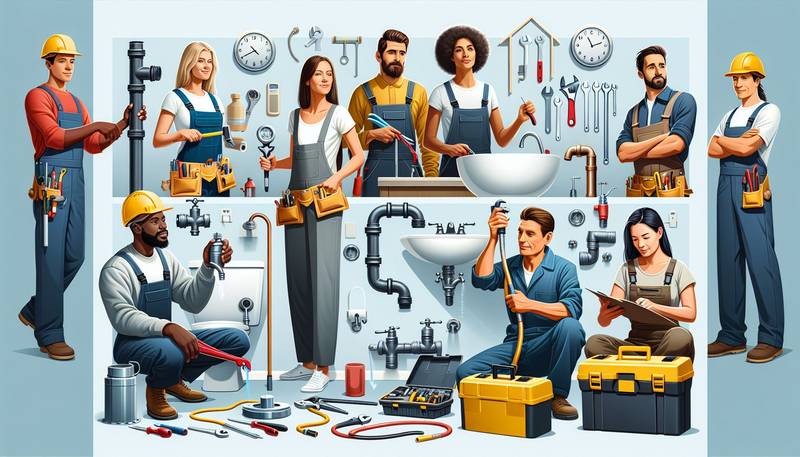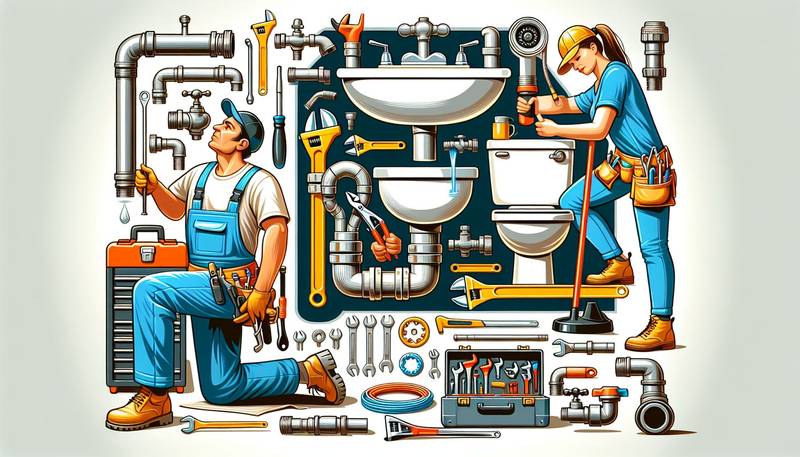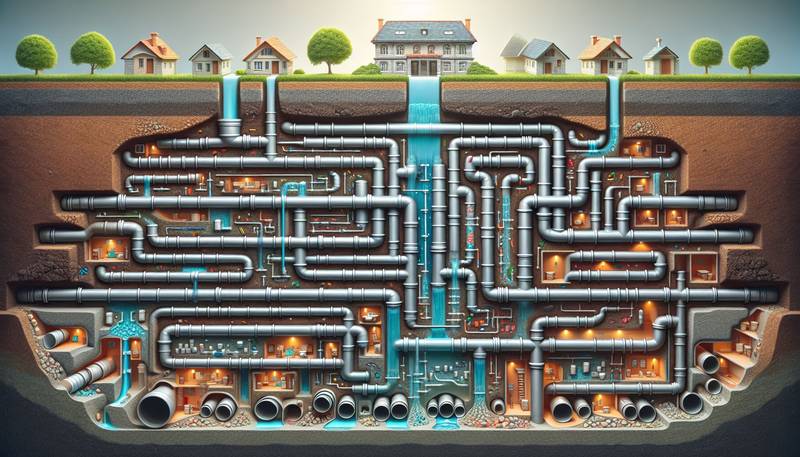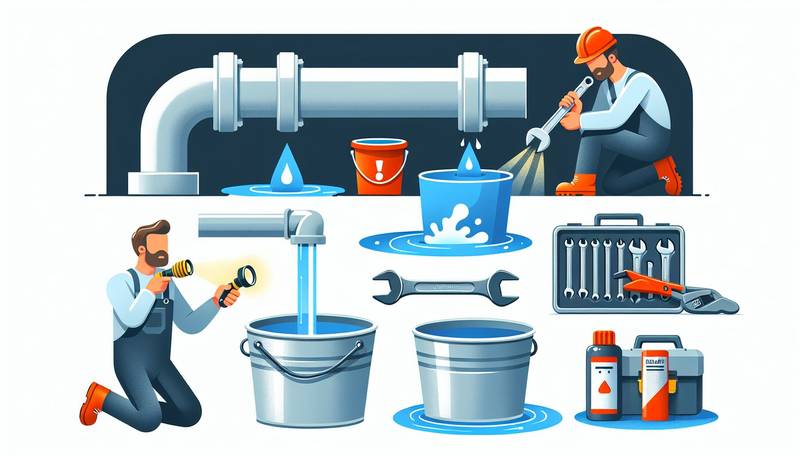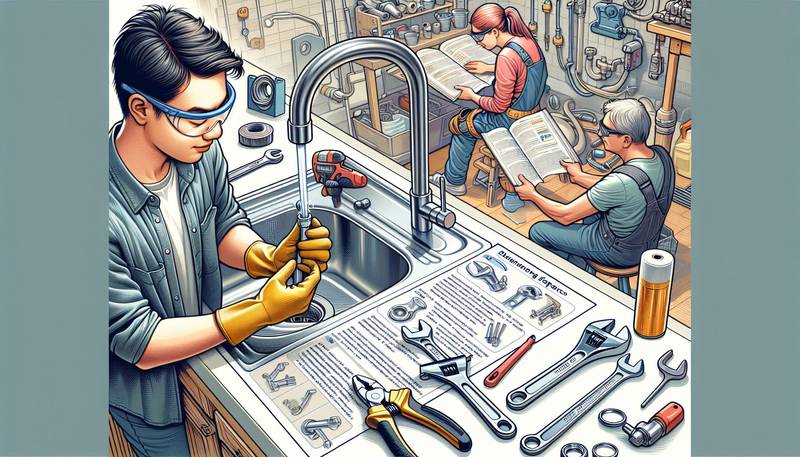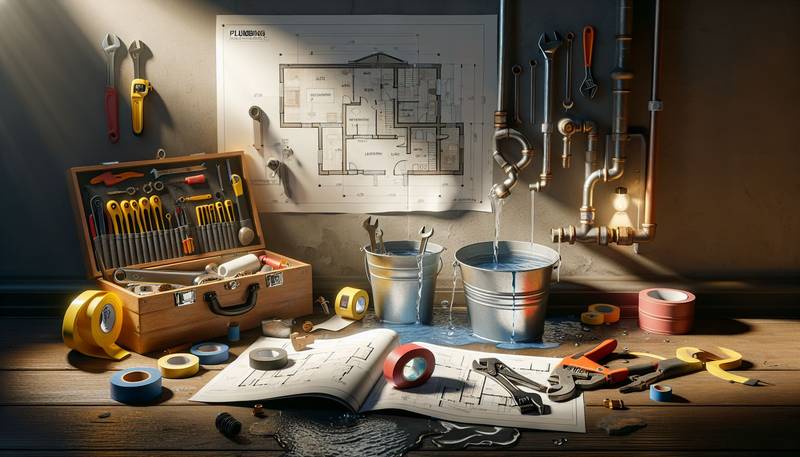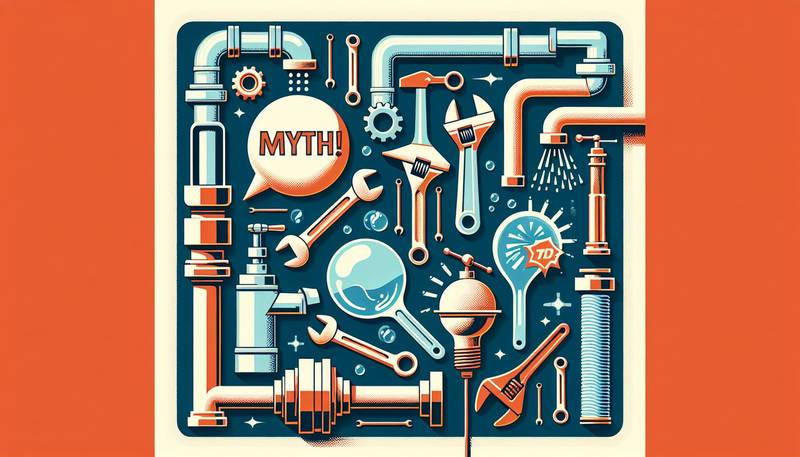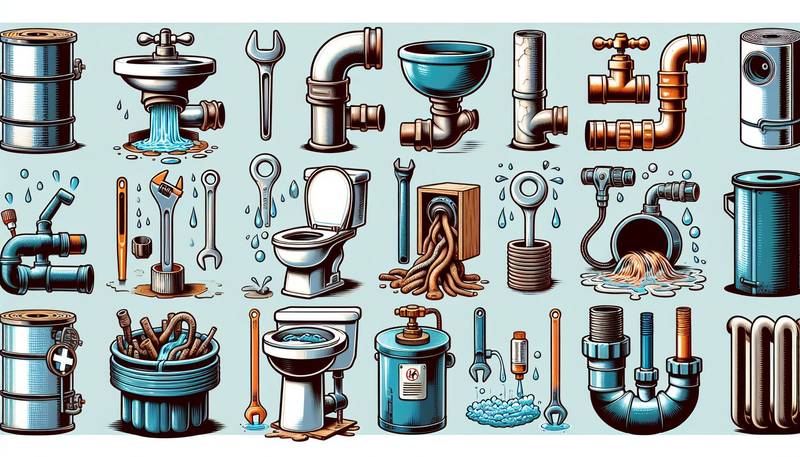Plumbing 101: Understanding the Basics of Your Home's Lifeline
While most of us take our plumbing systems for granted, it's essential to understand the basics of how they work to prevent potential issues and costly repairs down the line.
The Anatomy of a Plumbing System
At its core, a plumbing system consists of two main parts: the water supply system and the drainage system. The water supply system brings clean water into your home through pipes connected to a municipal water main or a private well. This water is then routed to various fixtures and appliances throughout the house, such as faucets, showers, and toilets. The drainage system, on the other hand, removes wastewater from these fixtures and carries it away to the sewer system or septic tank.
Common Plumbing Fixtures and Appliances
Understanding the different plumbing fixtures and appliances in your home can help you identify potential issues and communicate effectively with a plumber when needed. Some of the most common fixtures and appliances include:
- Faucets: These are the primary sources of water in your home, found in kitchens, bathrooms, and outdoor spaces.
- Toilets: Toilets are essential for waste disposal and require a complex system of pipes and valves to function properly.
- Sinks: Sinks are used for various tasks, including washing hands, dishes, and food preparation.
- Bathtubs and showers: These fixtures provide a means for bathing and require both hot and cold water connections.
- Washing machines: Washing machines rely on both hot and cold water supplies for the laundry cycle.
- Dishwashers: Dishwashers need a water supply and drainage system to operate effectively.
Common Plumbing Issues
Despite the essential role plumbing plays in our daily lives, problems can arise that disrupt the flow of water in and out of your home. Some common plumbing issues include:
- Leaks: Leaky faucets, pipes, and fixtures can waste water and lead to water damage if not addressed promptly.
- Clogs: Clogged drains and toilets can cause backups and slow drainage, making it difficult to use fixtures properly.
- Low water pressure: Low water pressure can be a sign of a leak, clog, or other issue with your plumbing system.
- Running toilets: A running toilet can waste a significant amount of water and may indicate a problem with the flushing mechanism.
Maintaining Your Plumbing System
To prevent these common plumbing issues and ensure your home's plumbing system operates smoothly, regular maintenance is key. Some tips for maintaining your plumbing system include:
- Check for leaks: Inspect faucets, pipes, and fixtures for any signs of leaks or drips and repair them promptly.
- Avoid clogs: Use drain strainers to prevent hair, food, and debris from clogging drains and toilets.
- Monitor water pressure: Keep an eye on water pressure and address any sudden changes promptly.
- Repair running toilets: If your toilet is running continuously, check the flapper or flush valve for damage and replace it if necessary.
By understanding the basics of your home's plumbing system and knowing how to identify and address common issues, you can ensure your plumbing system continues to serve you effectively for years to come. If you encounter a plumbing problem that is beyond your abilities to repair, don't hesitate to contact a professional plumber for assistance. Remember, a little maintenance now can save you time, money, and headaches in the long run.

